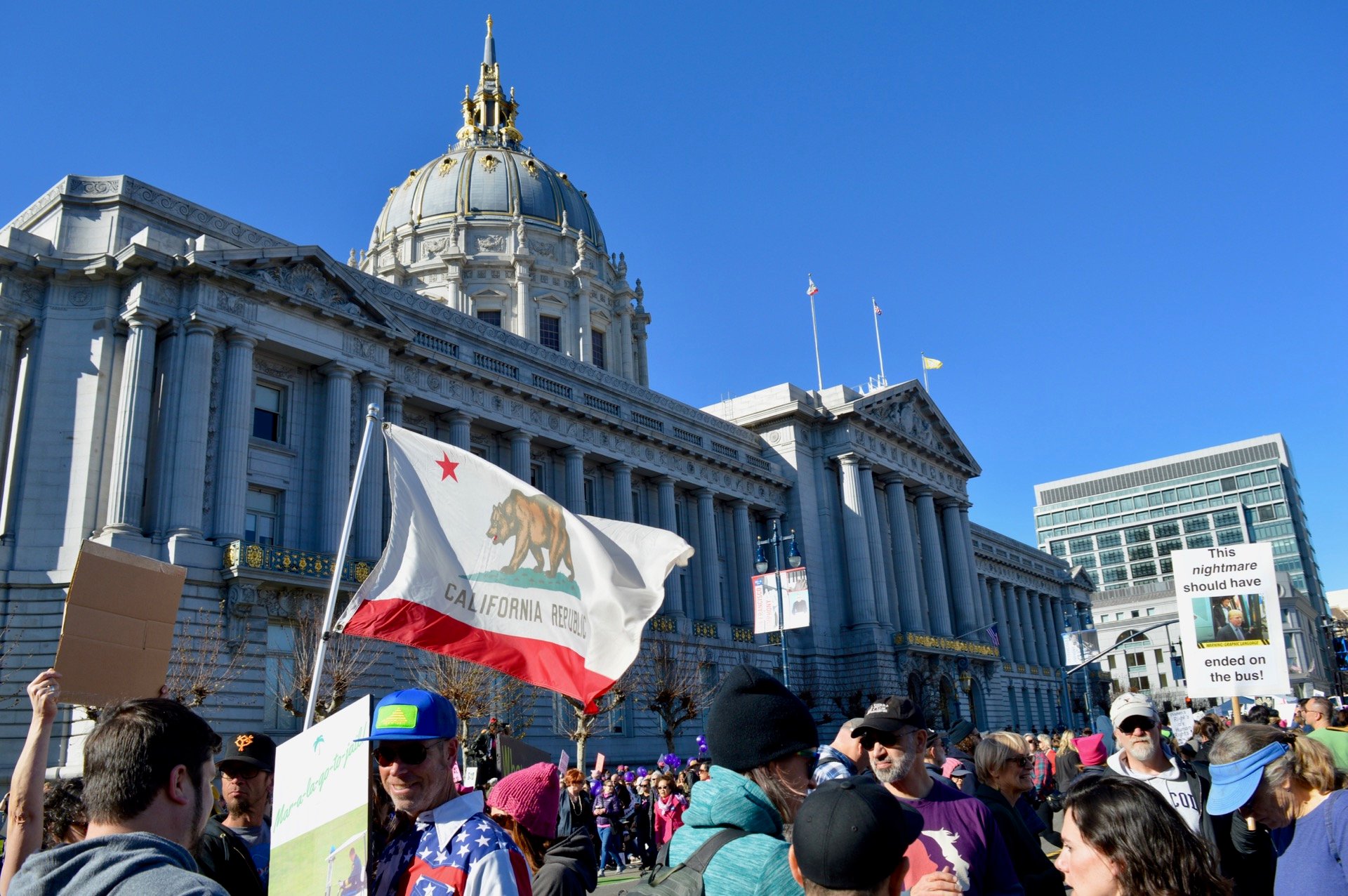CalExit, the most recent movement calling for California’s secession from the United States, gained momentum following the 2016 presidential election, which Donald Trump won despite the state of California voting 61.5 percent for Hillary Clinton.
The movement, part of a broader campaign called Yes California, had been viewed by many as more of a fringe group in the past, but the troubled relationship between California and President Trump helped get CalExit trending on social media in the months following the election.
The Stanford Democrats have no official position on the Calexit proposition and have not discussed the movement before, according to its vice president, Matt Wigler ’19, who is also an ASSU senator.
“I think the idea of CalExit is ridiculous,” Wigler said, voicing his personal opinion. “Neither the state nor the country would be as whole — nor would either be as prosperous — without the other.”
Wigler also suggested there are ties between the Yes California campaign and Russian “anti-globalist” groups. Its founder, Louis Marinelli, spends at least some of his time in Russia and works with a group suspected to have links to the Kremlin.
“It’s also worth noting with suspicion the support the Kremlin appears to have put into propping up CalExit buzz as part of its broader campaign to sow division and discord across our nation,” Wigler said.
Offering their official statement on secession, the Stanford College Republicans (SCR) expressed their disappointment with the movement.
“The Democrats tried secession in 1860 because they didn’t like the outcome of a presidential election and the fact that it would force them to recognize life and liberty,” wrote SCR member Philip Eykamp ’20 in an email to The Daily. “We’re disappointed that some Democrats in California want to repeat history in 2020.”
Despite two unsuccessful attempts in the past, those behind the CalExit movement have sought once again to place a referendum on California’s membership of the union on the statewide ballot. To be put up for a statewide vote next year, the proposal needs more than 365,000 signatures by Oct. 17.
As the deadline fast approaches, Yes California has revamped its tactics.
In July, for instance, the group introduced an additional objective to its campaign. Not only will Yes California push for independence, but it will also campaign to construct an “autonomous Native American nation” that encompasses half of the independent state from the border of Mexico to the state boundary shared with Oregon.
“Why not do something to right some of the wrongs of the past to the native American people, and give them back their land?” Marinelli said.
Earlier this month, Yes California made another change to its strategy, postponing its ballot referendum approach in favor of convincing Republican states to support their breakaway efforts.
The new approach is to persuade 25 of the 31 Republican-held legislatures to adopt “consent to secede” resolutions, and then place the independence question before Californian voters.
“We are going to rely on the deep hatred for California that exists in red America,” Marinelli told the Washington Times.
Yes California hopes gaining consent from red states will reassure Californians that the movement is constitutional. CalExit faced questions of legitimacy after the California Supreme Court pulled a related proposal, known as Cal 3, from the November 2018 state ballot. Launched by Silicon Valley venture capitalist and Stanford alumnus Tim Draper ’80, it would have split California into three while retaining the state’s place in the union.
Nevertheless, Yes California’s dreams of secession are unlikely to become a reality, as the majority of Americans oppose efforts to split the nation.
While CalExit has convinced some Californians, there is also little appetite for it statewide. According to Hoover Institution’s State Poll from January 2017, 25 percent of Californians support independence from the union, 58 percent oppose and 17 percent are unsure.
This article has been updated to incorporate additional comment from the Stanford College Republicans.
An initial headline for this article inaccurately referred to the new Yes California campaign as one to create a ‘North American’ nation, rather than a Native American nation. The Daily regrets this error.
Contact Katie Keller at ktkeller ‘at’ stanford.edu and Yasmin Samrai at ysamrai ‘at’ stanford.edu
